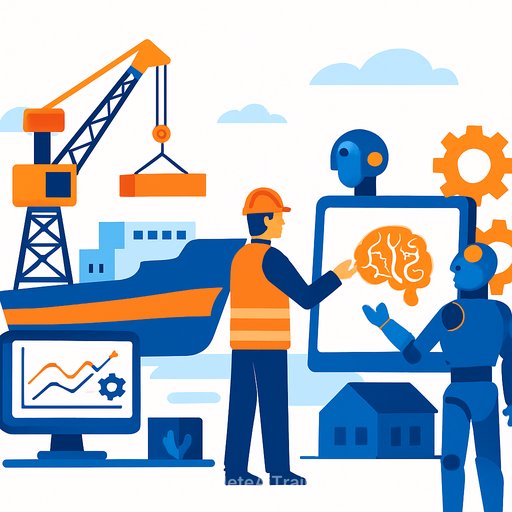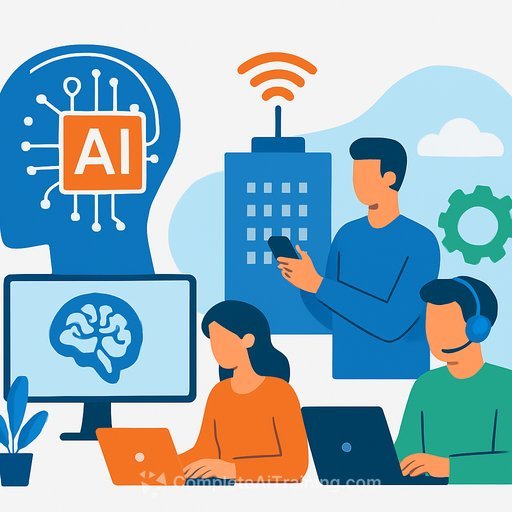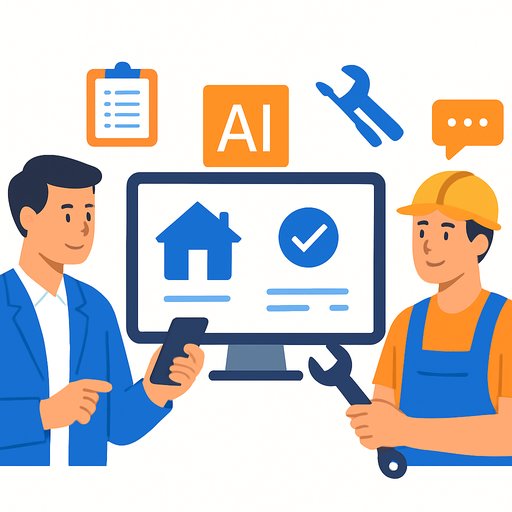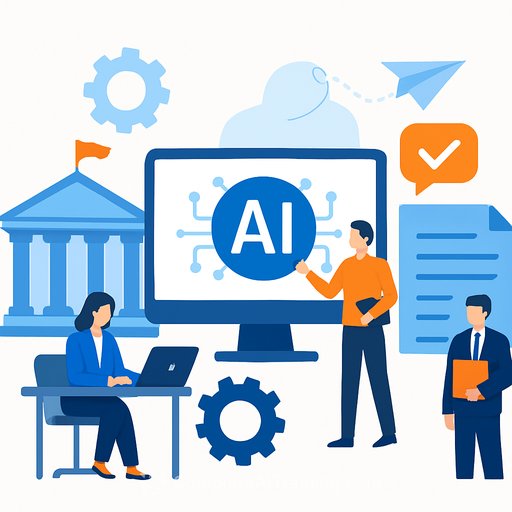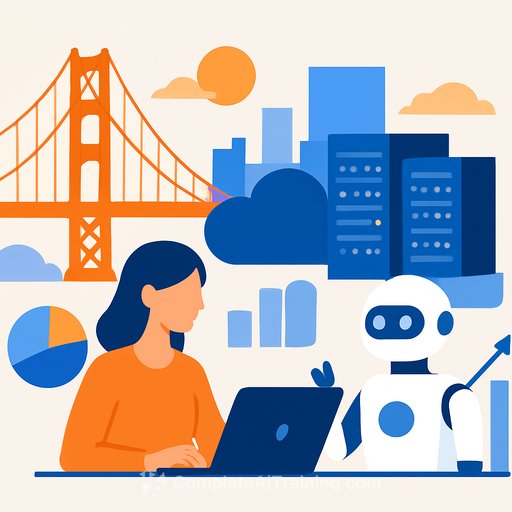AI Impact Analysis on the Digital Shipyard Industry
Artificial Intelligence is changing how modern shipyards operate. Traditional labor-intensive tasks are evolving into intelligent, connected systems where machines adapt and collaborate. Digital shipyards integrate AI to streamline shipbuilding, maintenance, workforce management, inventory control, and diagnostics.
Faced with demands for faster construction and higher efficiency in both defense and commercial maritime sectors, AI has become a key enabler. It supports adaptive design, automation, and real-time decision-making from dry docks to onboard systems. Shipbuilders leveraging AI move towards predictive maintenance, smart fabrication, and integrated production planning, resulting in better quality, less rework, and lower costs.
Predictive Maintenance and AI in Naval MRO Operations
Maintenance, repair, and overhaul (MRO) are critical to fleet readiness. Traditionally, maintenance followed fixed schedules or reactive fixes. AI shifts this to predictive maintenance by analyzing real-time data from sensors monitoring engines, hulls, and electronic systems.
Machine learning algorithms detect anomalies like vibration changes or temperature deviations, signaling potential failures before they occur. This allows targeted repairs that prevent downtime. AI also optimizes spare parts inventory and labor allocation based on risk, enhancing reliability and reducing costs as naval vessels become more complex.
AI in Ship Design and Virtual Simulation Processes
Ship design is becoming faster and more flexible with AI. Modern vessels must balance hydrodynamics, structural strength, cost, emissions, and mission needs. AI-driven software runs thousands of design simulations quickly, suggesting optimal configurations based on input constraints.
AI-enhanced simulations model fluid dynamics and stress tests more efficiently than traditional methods, accelerating timelines and improving design quality. Using data from digital twins and past builds, AI ensures designs are practical and innovative. Early detection of design flaws reduces costly revisions.
Robotics and AI for Autonomous Welding and Assembly
Robotics are increasingly common in shipyards, and AI upgrades them into adaptable collaborators. AI-guided robotic arms use sensors and machine vision to perform precise welding and assembly on hulls and piping.
Unlike fixed-program robots, AI-enabled systems learn from previous tasks, adjust in real time, and spot issues like misalignments or temperature changes. Multiple robots coordinated by AI optimize space and resources, improving safety and efficiency. This helps address labor shortages and cost pressures by maintaining consistent workflows.
AI-Powered Supply Chain and Inventory Optimization in Shipyards
Shipbuilding logistics are complex, involving thousands of components delivered in precise order. AI enhances supply chain management by forecasting material demand and scheduling just-in-time deliveries using procurement data, vendor reliability, and consumption patterns.
It factors in external risks such as port delays or raw material shortages. Inside the yard, AI tracks inventory via RFID and IoT sensors, automatically restocking before shortages impact production. This synchronization reduces idle time, cuts storage costs, and ensures critical parts arrive when needed.
AI Integration with Digital Twins in Shipbuilding
Digital twins are virtual models of ships or shipyard assets. When combined with AI, these twins become intelligent platforms that predict, diagnose, and optimize performance throughout a ship's lifecycle.
For example, a naval destroyer's digital twin updates in real time from onboard telemetry. AI compares actual performance against models, flags deviations, and recommends fixes. During construction, digital twins track modular assembly, enabling remote quality checks and risk assessments. AI also simulates operating conditions and mission scenarios to validate designs and reduce waste.
Augmented Reality and AI for Workforce Training and Assistance
Augmented reality (AR) helps train and support shipyard workers. AI enhances AR by delivering context-aware guidance and monitoring performance in real time. New technicians receive step-by-step overlays during complex tasks, with AI offering corrective feedback.
Experienced workers can navigate schematics or diagnostics hands-free using gestures or voice commands. AR combined with AI visualizes internal components and simulates scenarios during inspections. AI also monitors fatigue and safety compliance, reducing risks. Training adapts to individual progress, improving workforce efficiency.
AI-Enhanced Project Scheduling and Work Order Automation
Shipbuilding projects involve many dependencies and shifting deadlines. AI automates work orders, optimizes resource allocation, and forecasts risks by analyzing historical and real-time data.
It predicts how delays affect downstream tasks and suggests rescheduling or resource shifts to stay on track. Work orders are assigned based on availability, skills, and urgency. Environmental factors like tides and temperature are also considered for scheduling outdoor work. This leads to higher productivity, lower costs, and more reliable delivery times.
AI in Quality Control and Defect Detection in Shipyards
Precision is crucial in shipbuilding, where minor defects can cause serious problems. AI improves quality control using computer vision and deep learning. Automated drones and robotic arms scan welds and surfaces to detect microfractures, thickness issues, and corrosion.
These AI systems learn from data and continuously improve detection accuracy, operating around the clock and covering large areas faster than humans. AI also links defects to manufacturing conditions to identify root causes. The insights support quality improvements and regulatory compliance while reducing waste.
Future Outlook: Market Trends and AI-Driven Innovation in Digital Shipyards
The digital shipyard market is growing due to increased naval budgets, fleet modernization, and demand for smarter maritime infrastructure. AI is driving innovation across shipbuilding and lifecycle management.
Future shipyards will feature fully autonomous production lines where AI coordinates humans, robots, and logistics seamlessly. Advances like quantum computing may boost AI's design and simulation capabilities. Regulatory frameworks are emerging to ensure AI use is secure and transparent.
Asia Pacific, especially South Korea, China, and India, is poised for major growth in AI-powered naval shipbuilding. Partnerships among shipbuilders, defense agencies, and AI firms will accelerate development. The future shipyard will build intelligent, resilient vessels faster and with higher precision.
Integrating AI into digital shipyards marks a significant shift in maritime manufacturing. Predictive maintenance, AI-driven robotics, intelligent design, and immersive training transform how ships are built and maintained. These technologies are essential for meeting tight budgets and global competition.
Shipyards embracing AI will boost efficiency, innovation, and competitiveness. The next phase of shipbuilding belongs to those who adopt intelligent automation as a foundation for growth and excellence.
```Your membership also unlocks:

